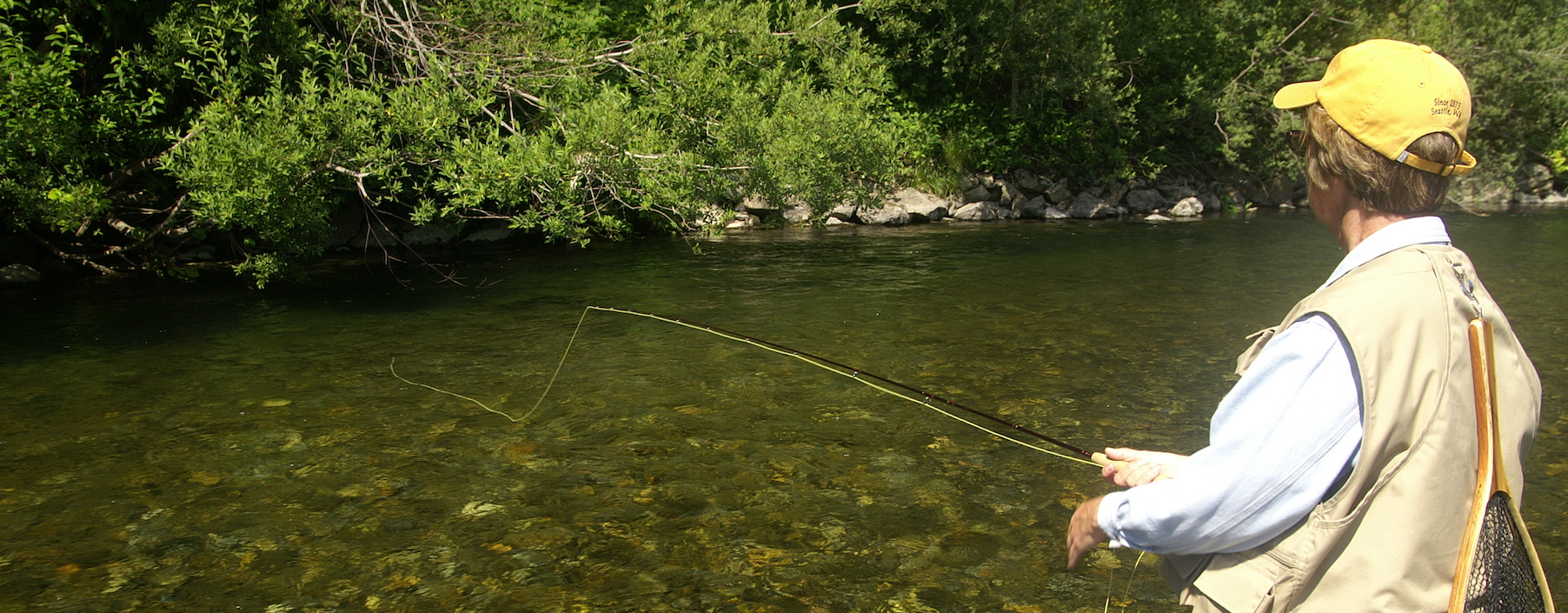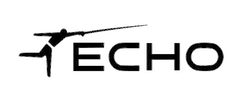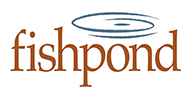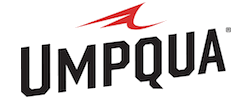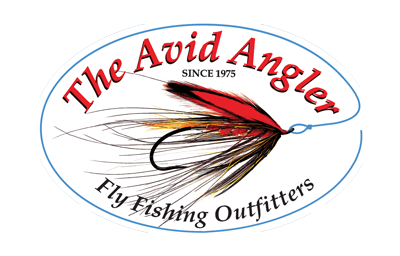Snoqualmie River, WA
Weather and Flows Links
- Fishing Report
- Water Levels near Carnation
- Water Levels near Snoqualmie
- Water Levels – Middle Fork
- Water Levels – South Fork
- Forecast Flows – Carnation
- Forecast Flows – Middle Fork
- Forecast Flows – South Fork
- Weather at Fall City
Fly Fishing the Snoqualmie River
Whatever your targeted fish, you can find opportunities on the Snoqualmie within an hour’s drive of downtown Seattle. Although it is technically the same river that flows from the top of Snoqualmie Pass down along I-90 to the Sound, the 2 main sections are separated by Snoqualmie Falls, an impassable barrier for upriver fish. Above the falls, you’ll find enough trout-filled water to explore for a lifetime of perfect summer days. You’ll also discover the Middle Fork of the Snoqualmie, a fly-fishing only section of river with spectacular scenery. Below the Falls, the river is similar to our other west-side watersheds, with opportunities for steelhead, salmon and sea-run cutthroat.
When is the Snoqualmie River Open to Fishing?
- Fishing regulations are subject to emergency closures and they change from year to year, so before you go, know what you are fishing for and always check the regs: http://wdfw.wa.gov/fishing/regulations/. Feel free to give us a ring with questions. It’s better to be safe than sorry!
- The Middle Fork of the Snoqualmie is open year round. It’s managed under catch-and-release, selective gear regulations, which means single, barbless hooks. Either use specialized, barbless hooks to tie your flies or make sure you crimp and file your barbs. You can fish up to 3 flies. All trout must be released.
- Targeting trout from Snoqualmie Falls upstream, including the north and south forks, the Snoqualmie is generally open from the Saturday before Memorial Day until October 31st. From November 1st until the first Saturday in June, those waters change to catch-and-release only with selective gear rules.
- Targeting steelhead from the confluence with the Skykomish near Monroe to the boat ramp at Plum access near the town of Snoqualmie, the Snoqualmie river is generally open from June 1st until January 31st, and from the boat ramp at Plum access to the falls from June 1st until February 15th.
- Targeting steelhead from the confluence with the Skykomish near Monroe to the boat ramp at Plum access near the town of Snoqualmie, the Snoqualmie river is generally open from September 1st until December 31st.
Snoqualmie River Sections
The lower river is heavily diked and flows through low-gradient farmland. Riffled water is few and far between and this section is best fished by boaters who can easily motor through the significant stretches of slow, slough-like water. The second section runs from Carnation upstream to the falls. This stretch is considerably faster and has less slow sections. The walk in access is good and from the falls to Fall City there are a number of good runs and riffles for the fly angler.
Snoqualmie Fallspresent an upstream barrier for anadromous fish, so there are no salmon and steelhead above them. Instead, native rainbows and westslope cutthroat make a living in all 3 forks of the river. With year-round access, the middle fork generally offers the most consistent trout fishing.
Above the FallsThe forks of of the Snoqualmie above the falls are open year-round for rainbow and westslope cutthroat trout fishing. Year round is relative, however, as higher flows render the fishing on any of the forks difficult. Snoqualmie fork fish average 8 - 9 in. and a large fish would be 12 in. long. A few larger fish exist, but anything over 12 in. should be considered a trophy!
Below the FallsThe Snoqualmie opens in June to a reduced run of hatchery steelhead. During August, sea-run cutthroat, silver salmon and pink salmon (in odd years) begin their ascent of the Snoqualmie making September a month where an angler could catch 4 different species of fish in the same day. With heavy rains in the winter, the first hatchery winter steelhead appear and fly anglers flock to the river to chase these chrome fish. The hatchery run peaks in December and early January, and the river closes at the end of January to protect the spawning fish.
When are the Best Times to Fly Fish the Snoqualmie?
- Summertime on the Middle Fork or South Fork Excellent dry fly fishing for rainbow trout and west-slope cutts in a truly spectacular setting
- September and October for Sea-Run Cutthroat Chasing cutthroat during the fall, especially in the lower stretches of the river, can be extremely exciting
- Wintertime for Hatchery and Wild Steelhead Hatchery fish with a small mix of wild fish available before the closure
Tips on Fishing the Snoqualmie
A gem of an urban fishery, the best time to fish the Snoqualmie is when you can clear your schedule and go. Once you are on the eastside of Lake Washington, getting to fishable water is quick and easy.
- For those learning to spey cast, the Snoqulmie below the falls around Fall City offers great foot access and fly-friendly water
- Flows below 1,000 C.F.S. on the Middle Fork concentrate the fish a bit more and allow for predominately dry fly fishing. These fish are eager as none of the forks is particularly food rich, so a well-presented dry fly generally produces interest from a majority of the fish. Nymphing small beadheads can also be deadly, especially during early summer flows. By and large, the fish of the forks are not overly selective with fly choice.
Guiding and Expert Instruction
A guide can take years off the learning curve. The best way to experience the Snoqualmie is during a full-day float of the lower river, or during a full-day walk-and-wade trip to one of the forks. We also offer steelhead schools and spey-casting instruction.- Avid Angler Guided Trips
- Avid Angler Trout Rivers Trout Tactics
- Avid Angler Steelhead School
- Spey Casting Instruction
Recommended Equipment
Trout in the Upper Forks
|
Sea-Run Cutthroat in Lower River
|
Steelhead rods for the Lower River
|
Steelhead lines for the Lower River
|
Recommended Flies
Resident Trout
|
Sea-Run Cutthroat
|
Steelhead & Salmon
|
Snoqualmie River - Forty five minutes to an hour from Seattle, the Snohomish River flows out of the central Cascade Mountains through the south, middle and north forks which join to form the mainstem river at Snoqualmie. It then flows over a massive waterfall, known as Snoqualmie Falls, through the towns of Fall City, Carnation and Duvall, before joining the Skykomish to form the Snohomish River. It hosts runs of winter and summer steelhead as well as four species of Pacific Salmon. Silvers and pink salmon predominate with a few Chinook and chum joining the mix. The Snoqualmie hosts an excellent run of sea-run cutthroat which are available from August until high water raises the river in late fall.
The Snoqualmie River has three distinct sections. The lower river is heavily diked and flows through low gradient farmland. Riffled water is few and far between and this section is best fished by boaters who can easily motor through the significant stretches of slow slough like water. The next section runs from Carnation upstream to the falls. This stretch is considerably faster and has less slow sections. The walk in access is good and from the falls to Fall City there are a number of good runs and riffles for the fly angler. The falls present an upstream barrier for anadromous fish, so there are no salmon and steelhead up here. Instead, native rainbows and westslope cutthroat make a living in all three forks of the river with the middle fork generally achieving the status of the best fishing fork.
The Snoqualmie opens on the first Saturday in June to predominately hatchery summer run steelhead. The numbers build during the summer, but the best fishing generally occurs after the first fall rains or slight cold snap. The summer steelhead fishing continues until heavy fall rains raise the river to winter flows. During August, sea-run cutthroat, silver salmon and pink salmon (in odd years) begin their ascent of the Snoqualmie making September a month where an angler could easily catch four different species of fish in the same day. With heavy rains in the winter, the first hatchery winter steelhead appear and fly anglers invariably find themselves attached to one of these chrome fish. The hatchery run peaks in December and early January, but winter steelhead are taken up until the end of February when the river below the falls closes for March, April and May.
The middle fork of the Snoqualmie is open year round for native rainbow and westslope cutthroat trout fishing. The south and north forks are open from June 1 st to October 31 st . Year round is relative, however, as higher flows render the fishing on any of the forks difficult and not satisfying. Snoqualmie fork fish average 8" to 9" and a larger fish would be 12" long. A few larger fish exist, but anything over 12" should be considered a trophy. This being the case, lower flows (1000cfs on the middle fork) concentrate the f ish a bit more and allow for predominately dry fly fishing. These fish are eager as none of the forks is particulary food rich, so a well presented dry fly generally produces interest from a majority of the fish.

